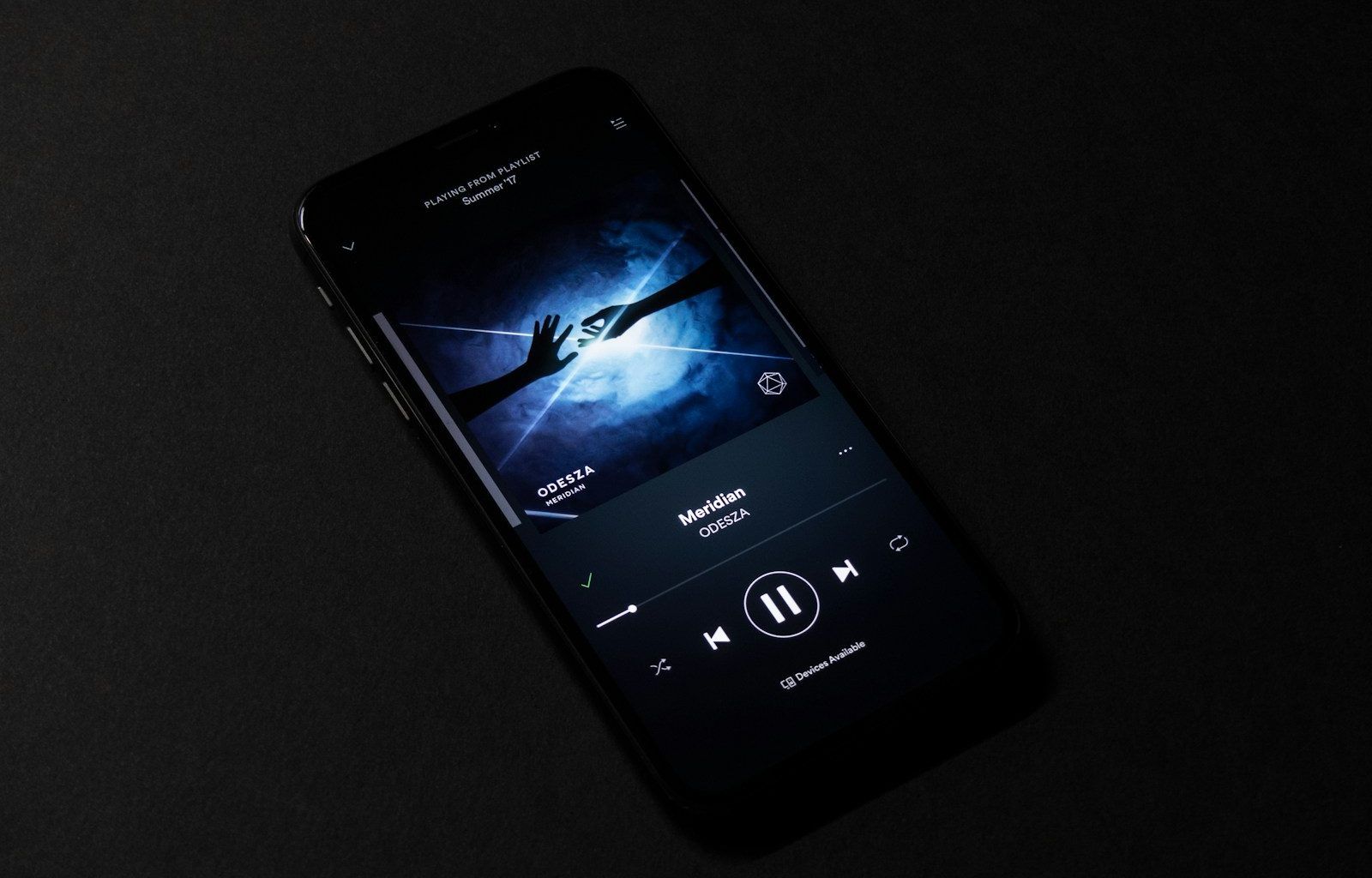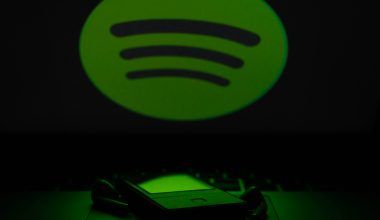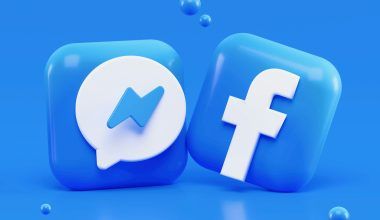As an independent artist, the dream of sharing your music with the world often comes hand-in-hand with questions about making it financially sustainable. One of the best ways to achieve this is to monetize your single on iTunes. iTunes has been a powerful platform for artists to reach a global audience, sell their music, and earn revenue. With the right approach, you can turn your passion for music into a source of income.
In this blog, we’ll explore how you, as an independent artist, can use iTunes effectively. From setting up your music for distribution to marketing it successfully, this guide will simplify the process for you. Whether you’re just starting or already have a small following, these steps will help you take your career to the next level.
Understanding the Importance of Monetizing Your Single on iTunes
Selling your single on iTunes isn’t just about earning money; it’s also about building credibility as an artist. Platforms like iTunes allow you to showcase your work alongside big names in the music industry. When fans purchase your music, it creates a deeper connection with them while also boosting your career’s financial aspect.
Moreover, having your single on iTunes helps expand your audience globally. With millions of active users, iTunes offers you a chance to connect with listeners who value high-quality, downloadable music.
How to Get Started on iTunes as an Independent Artist
Step 1: Create Your Music with a Clear Plan
Before anything else, focus on creating a single that resonates with your audience. Ask yourself: What story am I telling? What emotions do I want to evoke? Once your track is ready, ensure it meets professional production standards.
Step 2: Choose a Reliable Music Distributor
To get your single on iTunes, you’ll need a distributor. Platforms like TuneCore, CD Baby, and DistroKid specialize in helping independent artists distribute their music to platforms like iTunes. Research these distributors and pick one that aligns with your budget and goals.
Step 3: Set Up Your Artist Profile on Apple Music
Having a complete and appealing artist profile is essential. Add a high-quality profile picture, an engaging bio, and links to your social media accounts. This creates a professional image and makes it easier for fans to connect with you.
Pricing Your Single Strategically
When monetizing your single on iTunes, pricing plays a crucial role. If you’re just starting, consider setting a competitive price, such as $0.99 or $1.29, to encourage purchases. As your fanbase grows, you can experiment with different pricing strategies.
Additionally, make sure to understand how royalties work on iTunes. The platform typically takes a percentage of each sale, so calculate your expected earnings accordingly.
Marketing Your Single for Maximum Visibility
Leverage Social Media
Social media is your best friend when it comes to promoting your single. Share snippets of your track, behind-the-scenes content, and teasers on platforms like Instagram, TikTok, and Twitter. Use hashtags and trends to reach a wider audience.
Create Engaging Visual Content
Pair your music with visuals to capture attention. Whether it’s a lyric video, an acoustic version, or a short promo, videos are highly shareable and can help you go viral.
Collaborate with Other Artists
Collaboration is a powerful way to grow your audience. Partner with other artists to cross-promote your single. This helps you tap into their fanbase while offering your listeners fresh content.
Reach Out to Blogs and Playlists
Send your single to music bloggers and playlist curators. Getting featured on influential playlists can give your music the boost it needs to attract more listeners and buyers.
Building a Connection with Your Fans
Your fans are your greatest supporters, so make an effort to engage with them regularly. Respond to comments, host live Q&A sessions, and thank them for their support. Consider offering exclusive perks like behind-the-scenes access or early previews to those who purchase your single on iTunes.
Tracking and Analyzing Your Performance
Once your single is live on iTunes, monitor its performance closely. Most distributors provide analytics to help you track sales, streams, and audience demographics. Use this data to refine your marketing strategies and plan future releases.
Why Monetizing on iTunes Is Just the Beginning
While iTunes is an excellent platform for earning revenue, it shouldn’t be your only strategy. Diversify your income by exploring other revenue streams like streaming platforms, live performances, merchandise sales, and crowdfunding.
Conclusion
Monetizing your single on iTunes as an independent artist is a powerful step toward turning your passion for music into a sustainable career. By following the strategies outlined in this guide, you can set yourself up for success, connect with a global audience, and generate meaningful income.
Now is the time to take action. Whether it’s choosing a distributor, pricing your single, or promoting it on social media, every small step you take will bring you closer to your goals. Embrace the process, stay consistent, and watch your music career grow.
For further reading, explore these related articles:
For additional resources on music marketing and distribution, visit DMT Records Private Limited.






